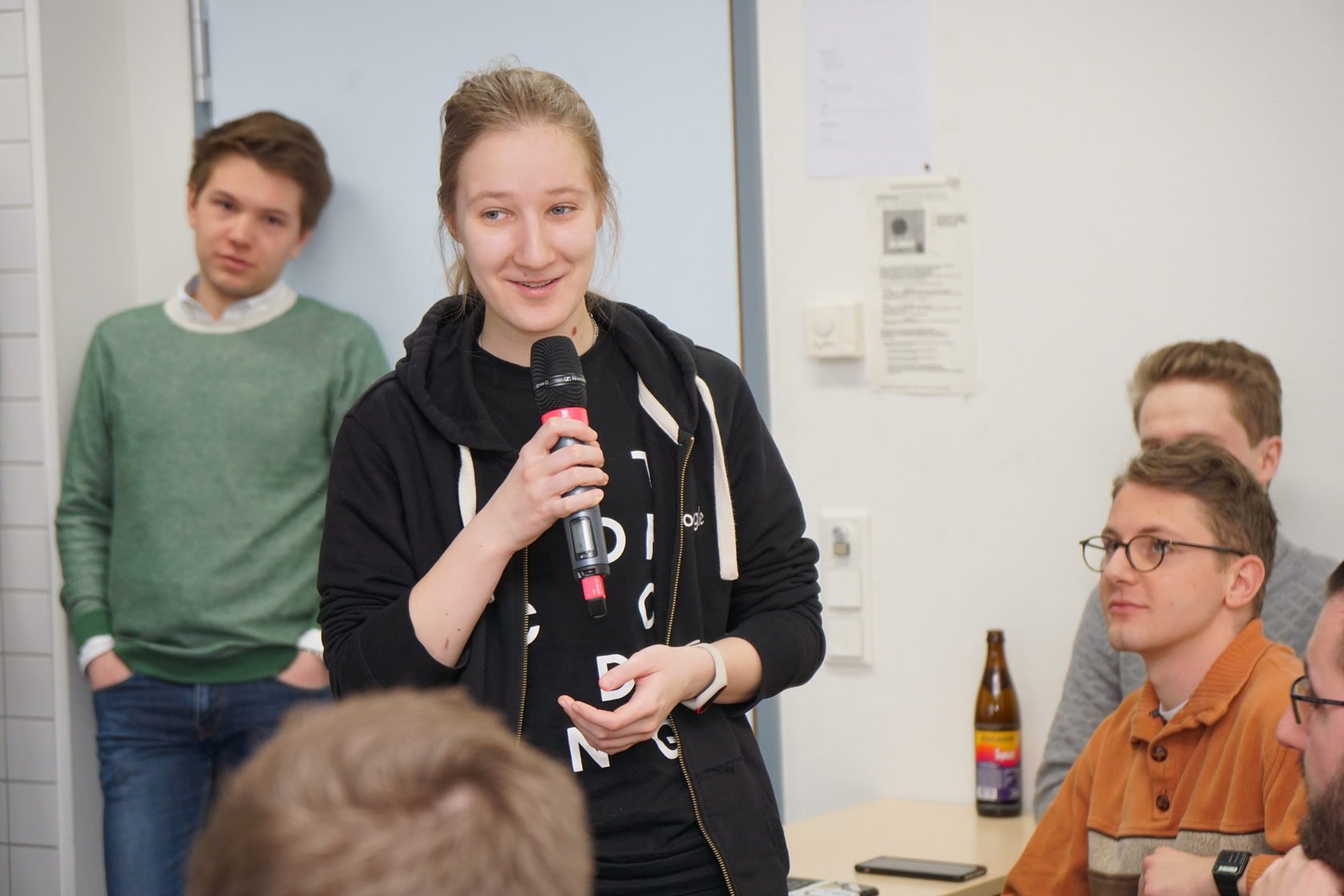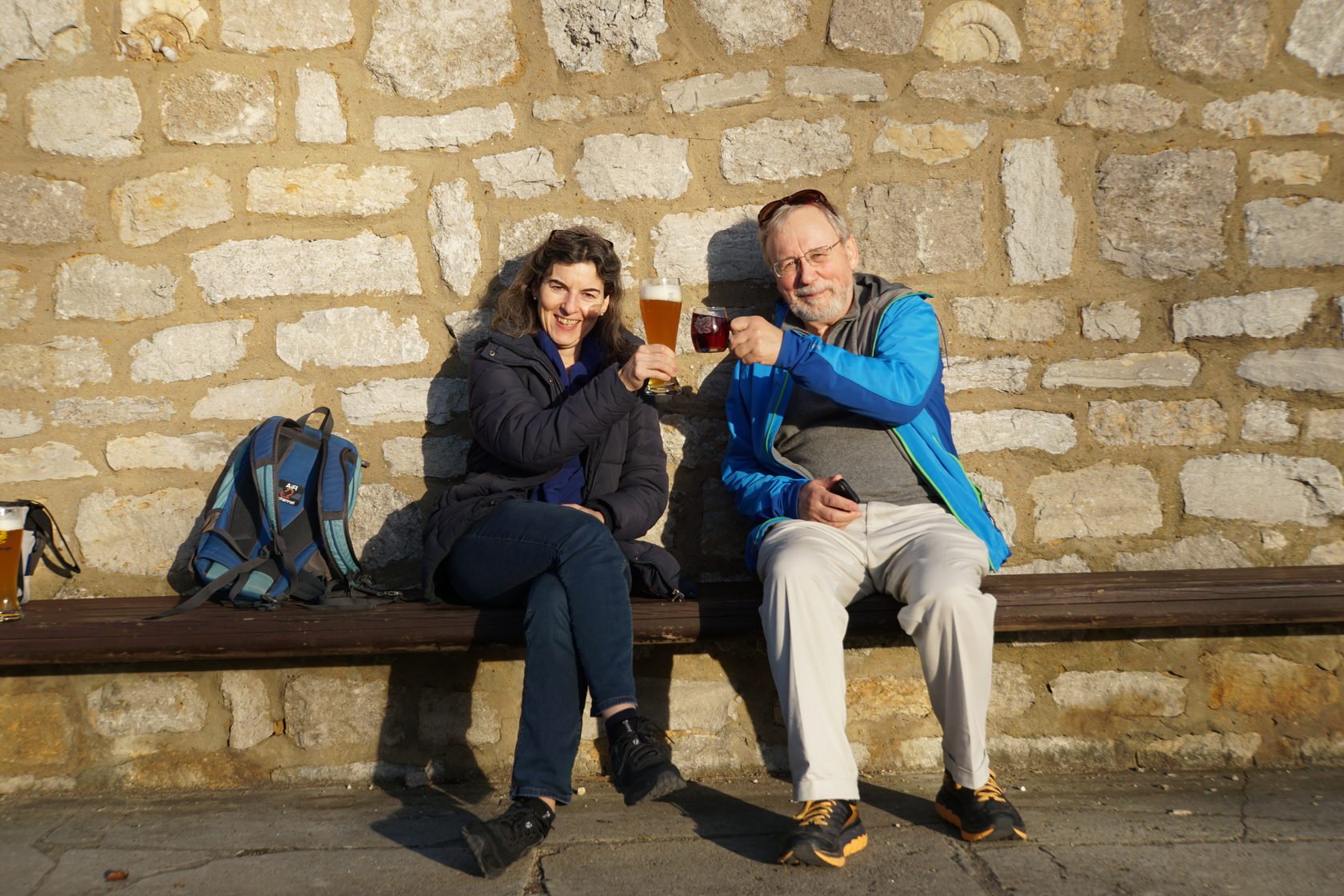
Joint Advanced
Student School 2019
16–24 March 2019, Munich, Germany
JASS (Joint Advanced Student School) is an annual Russian-German initiative to teach about emerging technologies using project-driven software development. The school is a place where students and professors from different countries gather for short-term, project-oriented, project-driven education in international teams. In five days, each team of students creates and delivers a finished project. The topics typically studied include mobile devices, the Internet of Things, industrial applications, autonomous mobile robotics and transportation, and virtual reality.
School Topic 2019
Smart software for the smart industry
The new era of industrial software relies on two essential points: first, an interconnection between machines, devices, sensors, and people; second, information transparency which provides people with vast amounts of useful information needed to make appropriate decisions. Total device-human-software interconnectivity and interoperability allow us to collect immense amounts of data and information from all points in the manufacturing process, thus aiding people in understanding big comprehensive systems; the ability of assistance systems to support humans by aggregating and visualizing information comprehensively for making informed decisions and solving urgent problems on short notice. Virtual and augmented reality provides an ability to look inside the technical systems.
During the school, students will work to create smart industrial software using a wide spectrum of devices (iOS/Android smartphones and tablets, MS Hololens, and more) and technologies. A set of technical lectures and hands-on training will be provided by JetBrains, Microsoft, and Zeiss.
Tags: Virtual/Augmented reality, Data analysis, Machine learning, Kotlin, Android, iOS, Azure
General chairs
-

Prof. Dr. Bernd Brügge
TUM, Applied Software Engineering
-

Prof. Kirill Krinkin
PhD in Software Engineering
Russian participants JASS 2019
Murashkina Natasha
Motorin Evgeny
Stepanov Vsevolod
Nikiforovskaya Anna
Karavaev Alexander
Bugakova Nadezhda
Murzina Anastasiia
Suzdalev Oleg
Konyakhin Vsevolod
German participants JASS 2019
Turdiu Andi
Rohwer Johannes
Neudeck Nicolas
Grujovic Sandra
Aigner Sebastian
Klewitz Palle
Faulhaber Nils
Schrimper Felix
Boskovski Ljube
Projects
Augmented Reality
Project Description
The Zeiss PiWeb Zeiss enables metrologists and quality managers to create key insights and can promote product quality and productivity. The system offers real-time intuition on what is happening on the production facilities and helps to reduce the risk of downtime due to predictive maintenance approaches and enables better processes that result in higher quality at lower costs. The developed application creates a shared AR view for multiple metrologists using across various platforms. Using AR, metrologists can use a Microsoft Hololens, iOS device, and Android device to analyze the same part with the measurement points projected on the part.
Customers
Sabrina Senna
Project Leader
Paul Schmiedmayer
Developers
Andi Turdiu, Evgeny Motorin, Johannes Rohwer, Nadya Bugakova, Natasha Murashkina, Nicolas Neudeck, Sandra Grujovic, Sebastian Aigner
Video
Development
Design Review
Client Acceptance Test
Predictive Maintenance
Project Description
Predictive maintenance techniques are used to help determine the condition of in-service equipment in order to estimate when maintenance should be performed. This approach promises higher availability and costs savings over traditional maintenance management. To use predictive maintenance, the data scientists at ZEISS need to extract valuable information from sensor data applying state-of-the-art machine learning methods to ensure that the provided information add true user value. For reliable machine learning models sensor data must be carefully labeled. However, the process of data labeling is a highly time-consuming task requiring domain expertise. Data scientists need to consult domain experts to make sure data can be correctly labeled.
The aim of this project was to develop an application that provides the visualization of time-series data together with highlighting the possible anomalies, which come from unsupervised anomaly detection methods. The data scientist can accept or reject each of the propositions and in case of uncertainty, write a comment and ask the experts for their opinion.
Customers
Dr. Lydia Nemec, Kay-Uwe Clemens
Project Leader
Sajjad Taheri
Developers
Palle Klewitz, Nils Faulhaber, Vsevolod Stepanov, Aleksandr Karavaev
Video
Kickoff
Development
Design Review
Client Acceptance Test
Cataract
Project description ommitted due to non-disclosure agreement
Customers
Nicolas Bensaid, Hristina Srbinoska
Project Leader
Jan Philip Bernius
Developers
Anastasiia Murzina, Anna Nikiforovskaya, Felix Schrimper, Ljube Boskovski, Oleg Suzdalev, Vsevolod Konyakhin





































